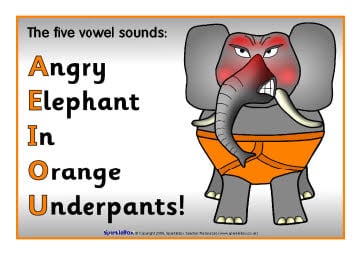

This video demonstrates how to perform a sensory assessment of the lower limbs in an OSCE setting including: YouTube Video VVVram5yRUhROGJRUW1sZk5kQVFDXzV3LlRMNWRubGVmUm5j Geeky Medics accepts no liability for loss of any kind incurred as a result of reliance upon the information provided in this video. DO NOT perform any examination or procedure on patients based purely upon the content of these videos. Join the Geeky Medics community: 👩👩👧👧Īlways adhere to your medical school/local hospital guidelines when performing examinations or clinical procedures. Subscribe to our newsletter to be the first to know about our latest content: ✉️ You can check out our guide to neck lump examination here: Ĭheck out our other awesome clinical skills resources including: This video demonstrates how to examine a neck lump in an OSCE setting including: Note – many other different versions of this mnemonic exist!

O TOM are lateral wall components, in order from superior to inferior. V3 (mandibular division of the trigeminal nerve)Ĭontents of the cavernous sinus: O TOM CAT.Structures passing through the foramen ovale: OVALE See our guide to the intrinsic muscles of the hand. Median nerve supply to the hand: LOAFĪctions of the interosseous muscles of the hand: PAD DAB See our guides to the bones of the hand and the wrist joint. Muscles involved in elbow flexion: “Three Bs Bend the Elbow”Ĭarpal bones: “Some Lovers Try Positions That They Can’t Handle” Contents of the cubital fossa: “ Really Need Beer To Be At My Nicest” Structure of the brachial plexus: “Reach To Drink Cold Beer” See our guide to the intrinsic muscles of the shoulder. Latissimus dorsi attaches to the humerus between pectoralis major and teres major. Of course not every patient presenting with AMS needs an extensive work-up for CNS lupus or neurosarcoidosis! Nonetheless, the VINDICATE mnemonic offers an effective, easy-to-remember way to systematically approach differential diagnosis for a wide range of clinical problems.Attachment of latissimus dorsi: “Lady Between Two Majors” The patient history will certainly help you to narrow the differential and determine the most likely diagnoses. Traumatic – traumatic brain injury, traumatic epidural or subdural hematomaĮndocrine/metabolic – hypoglycemia, hypo- or hyperthyroidism, hypo- or hypernatremia, hypercalcemia, hepatic or uremic encephalopathy Iatrogenic/intoxication – narcotics, alcohol intoxication or withdrawalĪutoimmune – CNS lupus, neurosarcoidosis if you want to get fancy! Neoplastic – primary brain tumor or metastasisĭegenerative – Alzheimer’s disease, Huntington’s disease, other dementias

Infectious – meningitis, encephalitis, sepsis Vascular – stroke, TIA, subarachnoid hemorrhage Suppose you’re on your neurology clerkship seeing a patient with altered mental status (AMS) and your attending asks you “what are the various causes of AMS?” Below is an example of how you could use the VINDICATE mnemonic to generate a thorough, systematic, and organized differential:
#Go to it medical mnemonic trial
The VINDICATE mnemonic offers one such system to generate a broad and thorough differential:Į – Endocrine/metabolic Start your free trial of USMLE-Rx today! Generating a Strong Differential DiagnosisĪs with reading a chest X-ray or EKG, the key to generating a strong differential diagnosis is to follow a systematic approach. Your differential will then directly guide your diagnostic work-up, ultimately helping you to hone in on the correct diagnosis and determine the appropriate treatment plan. The correct diagnosis is not always clear-cut, and it is thus essential to consider alternative diagnoses that could account for a patient’s clinical presentation. Spinner The VINDICATE Mnemonic for Differential DiagnosisĪs a third-year medical student on the wards, one of the most important skills to develop is learning how to generate a thorough differential diagnosis for a wide variety of clinical problems.


 0 kommentar(er)
0 kommentar(er)
